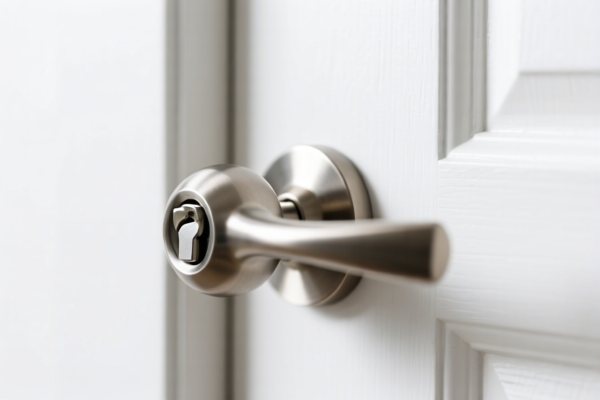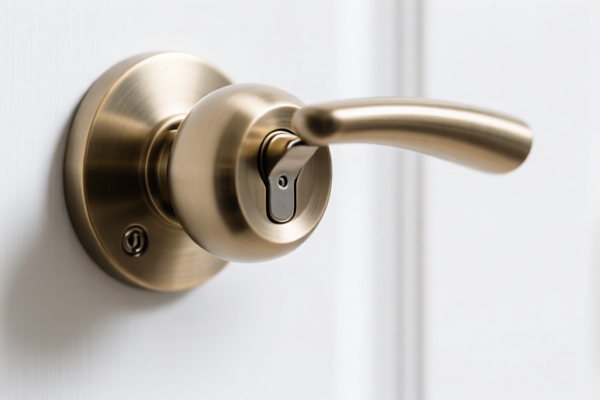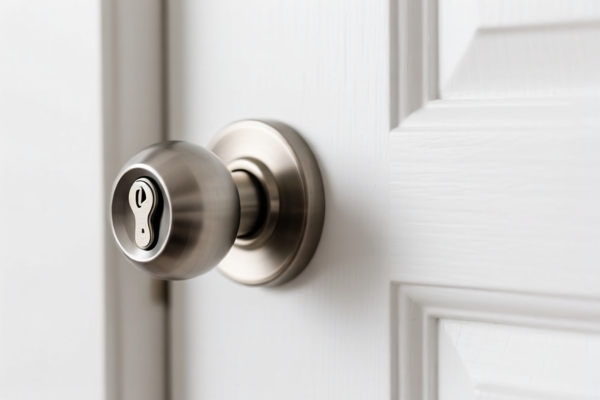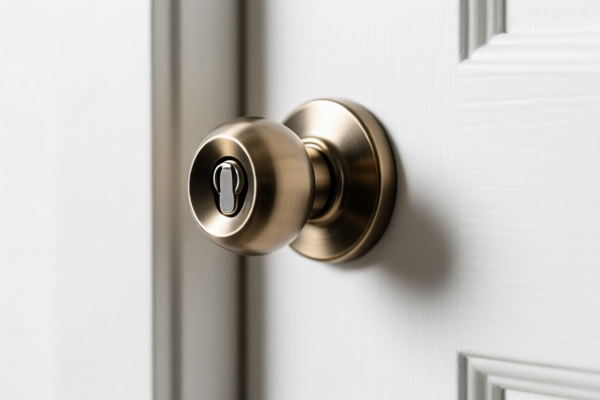| HS Code | Official Doc | Tariff Rate | Origin | Destination | Effective Date |
|---|---|---|---|---|---|
| 8487900080 | Doc | 83.9% | CN | US | 2025-05-12 |
| 8487900040 | Doc | 58.9% | CN | US | 2025-05-12 |
| 7326908688 | Doc | 82.9% | CN | US | 2025-05-12 |
| 7326908605 | Doc | 82.9% | CN | US | 2025-05-12 |




Stoppers
Stoppers are devices used to prevent movement, typically by friction or mechanical obstruction. They are employed in a wide variety of applications to secure objects, control motion, or provide stability.
Material
Stoppers are manufactured from a diverse range of materials, selected based on the intended application’s requirements for friction, durability, temperature resistance, and cost. Common materials include:
- Rubber: Provides high friction and cushioning, commonly used for doorstops and jar stoppers. Various types of rubber (natural, synthetic, silicone) offer differing levels of grip and resistance to degradation.
- Plastic: Lightweight and versatile, often used in low-load applications like drawer stops and bottle stoppers. Common plastics include polypropylene (PP) and polyethylene (PE).
- Metal: Offers high strength and durability, used in applications requiring significant force resistance, such as machinery stops and brake stops. Common metals include steel, aluminum, and brass.
- Wood: Traditionally used for wine bottle stoppers and decorative applications. Cork is a common wood-based stopper material.
- Glass: Used in laboratory settings for sealing flasks and tubes.
- Cork: A natural material prized for its compressibility and sealing properties, primarily used for wine bottles.
Purpose
The primary purpose of stoppers is to halt or restrict motion. This can be achieved through several mechanisms:
- Friction: Stoppers create resistance to movement through frictional force.
- Mechanical Blocking: Stoppers physically prevent movement by obstructing a path.
- Sealing: Stoppers prevent the flow of fluids or gases.
- Positioning: Stoppers define a specific location or limit of travel.
Function
The function of a stopper is directly related to its application. Key functions include:
- Securing: Holding an object in place.
- Isolating: Preventing the escape of contents.
- Dampening: Reducing vibrations or impact.
- Controlling: Regulating the range of motion.
- Protecting: Preventing damage from excessive movement.
Usage Scenarios
Stoppers are utilized across numerous industries and applications:
- Household: Doorstops, drawer stops, jar stoppers, wine bottle stoppers.
- Automotive: Brake stops, suspension stops.
- Industrial: Machinery stops, conveyor stops, valve stops.
- Laboratory: Flask stoppers, tube stoppers.
- Construction: Formwork stops, scaffolding stops.
- Medical: Syringe stoppers, vial stoppers.
- Packaging: Bottle stoppers, container closures.
Common Types
- Rubber Doorstops: Wedge-shaped stoppers that utilize friction to hold doors open.
- Drawer Stops: Prevent drawers from being pulled out completely.
- Wine Bottle Stoppers: Seal wine bottles to preserve freshness. These can be natural cork, synthetic rubber, or screw-cap types.
- Brake Stops: Prevent wheels or gears from rotating.
- Machinery Stops: Limit the travel of moving parts in industrial equipment.
- Laboratory Stoppers: Glass or rubber stoppers used to seal flasks and tubes.
- Expansion Plugs: Used to seal openings in pipes or cylinders.
- Valve Stops: Control the flow of fluids or gases in pipelines.
- Self-Sealing Stoppers: Designed to create an airtight or watertight seal automatically.
- Tapered Stoppers: Provide a secure fit in tapered openings.
Based on the provided information, the following HS codes may be relevant to “stoppers”:
- 8487900080: Machinery parts, not containing electrical connectors, insulators, coils, contacts or other electrical features, and not specified or included elsewhere in this chapter: Other. This code covers a broad category of machinery parts excluding those with electrical components. The basic duty is 3.9%, with an additional 25.0% tariff, increasing to 30% after April 2, 2025. A total tariff of 83.9% applies.
- 8487900040: Machinery parts, not containing electrical connectors, insulators, coils, contacts or other electrical features, and not specified or included elsewhere in this chapter: Other Oil seals, other than those of chapter 40. This code specifically covers oil seals used in machinery, excluding those classified under chapter 40. The basic duty is 3.9%, with an additional 25.0% tariff, increasing to 30% after April 2, 2025, resulting in a total tariff of 58.9%.
- 7326908688: Other articles of iron or steel: Other: Other: Other: Other. This code covers a wide range of iron or steel articles. The basic duty is 2.9%, with an additional 25.0% tariff, increasing to 30% after April 2, 2025. A total tariff of 82.9% applies.
- 7326908605: Other articles of iron or steel: Other: Other: Other: Other Rods for electrical grounding. This code specifically covers rods used for electrical grounding. The basic duty is 2.9%, with an additional 25.0% tariff, increasing to 30% after April 2, 2025, resulting in a total tariff of 82.9%.
Regarding HS codes 8487900080 and 8487900040, it is important to confirm that the stoppers do not contain electrical connectors, insulators, coils, or contacts.
Regarding HS codes 7326908688 and 7326908605, please note the need to verify the material (steel or iron) and may require documentation confirming the composition. Additionally, a 25% tariff applies to steel and aluminum products, increasing to 30% after April 2, 2025.
Customer Reviews
I needed details on the tariff rate for plastic doors, and this page had exactly what I was looking for. Highly recommend it.
The information on HS code 3925 was spot on. It helped me understand the classification for my export shipment.
Finally found a page that clearly explains the 5% tariff for plastic doors. Saved me hours of research.
The page gave a good overview of trade regulations, but I wish there was a link to more detailed documentation.
I was looking for HS code info for plastic builder’s doors, and this page had it all. Great resource for exporters.